Quality Control and Food Safety Standards for Chili Sauce Production Lines
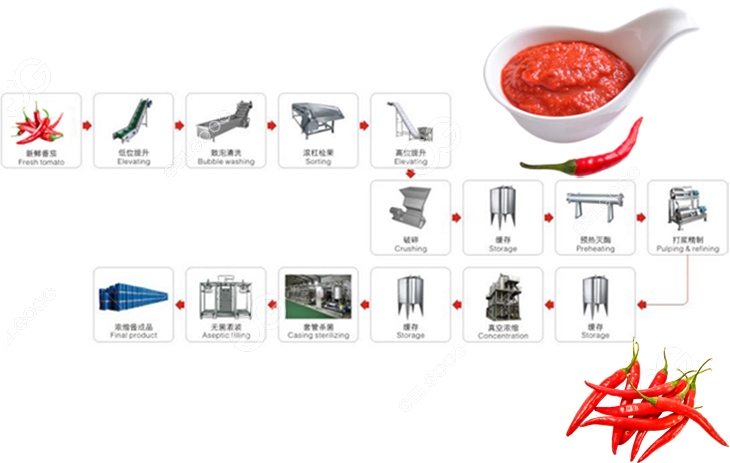
Food safety is the lifeline of the entire food processing industry. For chili sauce production, where raw agricultural materials and multi-stage processing converge, ensuring safety and stable quality is both a responsibility and a necessity for long-term market competitiveness. This article systematically explores how to implement stringent quality control and food safety management throughout the chili sauce production process. It aims to help food processing enterprises understand key risk points, establish robust control measures, and meet international food safety standards.
1. Raw Material Quality Control — Starting with the Source
Ensuring product safety begins with the control of raw materials. For chili sauce production, key raw materials typically include fresh chilies, edible oils, spices, salt, sugar, vinegar, preservatives, and additives. Each has its own quality risks and must be strictly monitored.
1.1 Pesticide Residue Testing
Chilies, as agricultural products, are prone to pesticide residues. Enterprises should:
Establish supplier audit systems, prioritize sourcing from certified GAP (Good Agricultural Practices) farms.
Conduct random sampling pesticide residue testing per batch, complying with national and international standards (GB 2763, EU 396/2005).
1.2 Microbial Contamination Monitoring
Fresh chilies and spices may carry pathogens like Salmonella, E. coli, mold, and yeast. Preventative measures include:
Incoming batch microbial testing (total plate count, coliforms, molds, yeasts).
Storage under controlled temperature and humidity to inhibit microbial proliferation.
1.3 Edible Oil and Auxiliary Materials Control
For edible oils, focus on:
Acid value, peroxide value, fatty acid composition tests to avoid rancidity.
Ensuring supply from certified, traceable oil manufacturers.
For additives and spices:
Verify compliance with GB 2760 (China), FDA GRAS (USA), EU regulations.
Establish COA (Certificate of Analysis) submission systems for each batch.
2. Key Control Points (CCP) in Production Process
In line with HACCP principles, identifying and controlling CCPs throughout the production process is vital for eliminating potential safety risks.
2.1 Chili Crushing / Grinding Stage
Risks:
Physical contamination from equipment (metal shavings, plastic).
Temperature rise causing microbial activation.
Controls:
Install metal detectors and magnetic separators at feeding inlets.
Monitor grinding temperature, avoid exceeding microbial proliferation thresholds.
2.2 Cooking and Sterilization Stage
Risks:
Inadequate heating may leave harmful microorganisms alive.
Cross-contamination from unclean equipment.
Controls:
Ensure validated sterilization parameters (e.g., 95-100°C for 30 min or HTST).
Periodic validation through microbial testing post-sterilization.
Regular CIP (Clean-in-Place) protocols for cooking equipment.
2.3 Filling and Sealing Stage
Risks:
Secondary contamination from environment, personnel, equipment.
Inadequate sealing causing leakage or microbial ingress.
Controls:
Perform aseptic area management (ISO Class 7-8 air environment where applicable).
HEPA-filtered air positive pressure systems.
Automated sealing verification (torque, vacuum leak detection).
3. Microbial Control and Cross-Contamination Prevention
Preventing microbial contamination is the core of chili sauce safety assurance. Enterprises must implement comprehensive environmental, equipment, and personnel hygiene systems.
3.1 CIP / SIP Systems
CIP (Clean-in-Place): Automated cleaning pipelines, tanks, and production equipment with alkaline and acid solutions.
SIP (Sterilize-in-Place): Thermal sterilization via steam to eliminate residual microorganisms.
Benefits:
Reduce human error, improve consistency, enhance cleaning effectiveness.
3.2 Air Purification Systems
Establish cleanrooms or controlled areas with HEPA filtration.
Maintain positive pressure to prevent dust and microbial ingress.
Regularly monitor microbial air load and particulate counts.
3.3 Personnel Hygiene Management
Enforce strict entry protocols (changing clothes, handwashing, disinfection).
Provide training on GMP hygiene standards and behavior controls.
Monitor personnel health status, especially regarding skin infections or respiratory illnesses.
3.4 Zoning Control
Separate raw material areas, processing zones, packaging lines, and storage warehouses.
Unidirectional flow of personnel, materials, and waste to prevent cross-contamination.
4. Product Traceability Systems — From Farm to Table Transparency
A robust traceability system ensures any food safety issues can be swiftly identified, contained, and rectified.
4.1 Traceability Requirements
Cover the entire supply chain: raw materials, production batches, finished goods, distribution channels.
Integrate digital systems: ERP, MES, QR code tracking.
Maintain records on raw material origins, production parameters, inspection reports, shipping details.
4.2 Implementation Practices
Unique batch codes linked to detailed process logs.
Digital scanning at each production node to reduce manual errors.
Quick query capabilities for consumers and regulatory bodies.
4.3 Benefits
Enhances brand credibility and consumer confidence.
Enables swift recalls, reducing scope of impact.
Facilitates compliance with domestic and international regulatory audits.
5. Domestic and International Food Safety Standards and Certifications
Meeting recognized food safety standards is both a regulatory obligation and a market necessity. Below are key standards relevant to chili sauce production lines.
5.1 HACCP (Hazard Analysis and Critical Control Points)
Systematic risk assessment identifying potential hazards (biological, chemical, physical).
Establishes CCPs, monitoring procedures, corrective actions, and verification processes.
Mandatory in many regions for export (EU, USA, ASEAN).
5.2 ISO 22000 (Food Safety Management System)
Integrates HACCP principles with ISO 9001 management system structures.
Covers all supply chain stages, from farm to fork.
Demonstrates robust food safety governance to clients and regulators.
5.3 GMP (Good Manufacturing Practices)
Focuses on hygiene, facility layout, process management, and documentation.
Basis for regulatory audits in China (SC license), FDA inspections, EU standards.
Mandates documented SOPs (Standard Operating Procedures), training, maintenance, pest control, etc.
5.4 Other Certifications
BRCGS (British Retail Consortium Global Standard): UK retailers’ preferred.
FSSC 22000: Recognized under GFSI (Global Food Safety Initiative).
HALAL / KOSHER certifications for specific market access.
6. How to Align Chili Sauce Production Lines with These Standards
6.1 Facility Planning
Design production areas following zoning principles: high-risk vs. low-risk.
Use washable, non-toxic materials for walls, floors, ceilings.
Install proper drainage, ventilation, lighting systems.
6.2 Equipment Selection
Prioritize stainless steel 304/316 for all contact surfaces.
Opt for fully welded, crevice-free, easy-to-clean designs.
Ensure compatibility with CIP/SIP processes.
6.3 Management Systems
Develop comprehensive FSMS (Food Safety Management System) aligned with ISO/HACCP.
Establish documentation controls, internal audit systems, and continuous improvement protocols.
6.4 Training & Culture
Regularly train all staff on food safety awareness and operational protocols.
Cultivate a food safety culture emphasizing proactive identification and reporting of risks.
7. Conclusion
In chili sauce production, robust quality control and adherence to international food safety standards are non-negotiable. From raw material sourcing to finished product delivery, each step carries inherent risks requiring proactive management through validated controls, systematic procedures, and continuous monitoring.
Aligning production lines with HACCP, ISO 22000, and GMP not only ensures regulatory compliance but also enhances operational efficiency, reduces liability risks, and strengthens brand reputation in competitive markets.
By embedding food safety into the core of production planning, procurement, and operations, chili sauce manufacturers can safeguard their consumers’ health, protect their brand’s integrity, and achieve sustainable growth in both domestic and global markets.
Must-Read Blogs For Chain Restaurants Owner

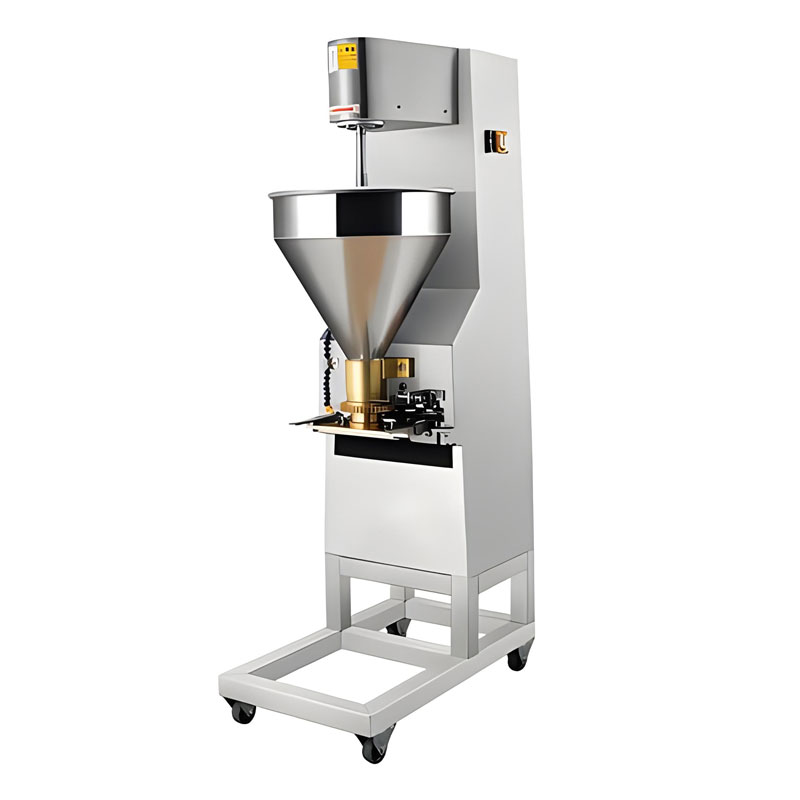
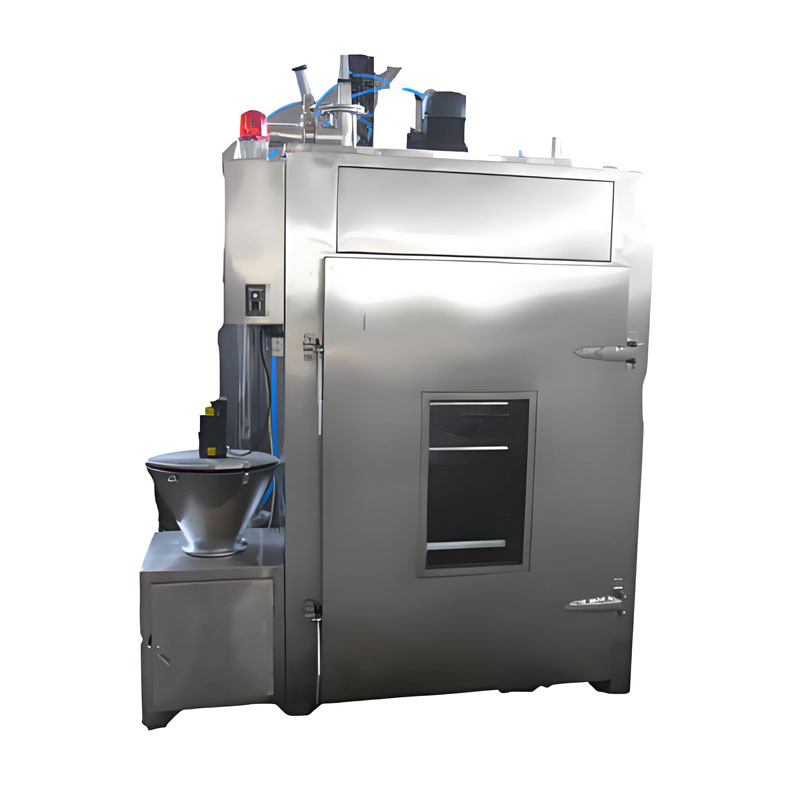
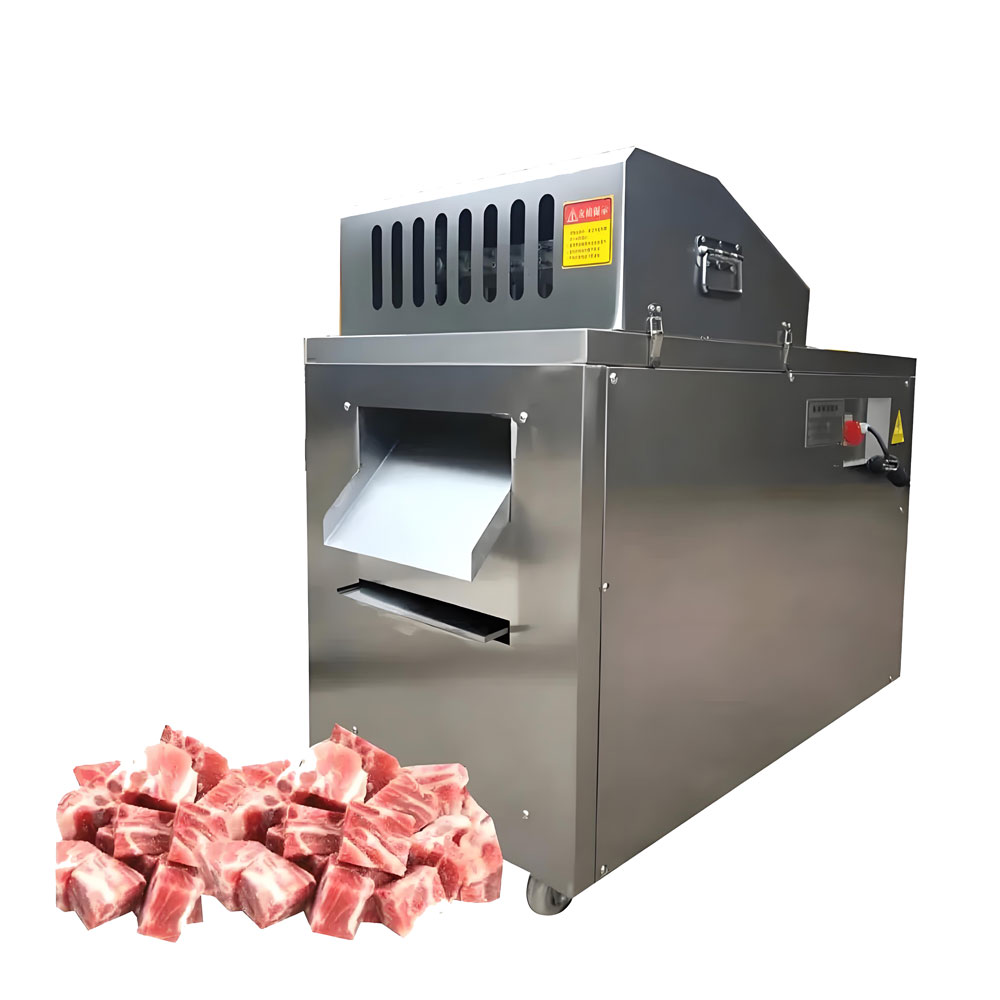
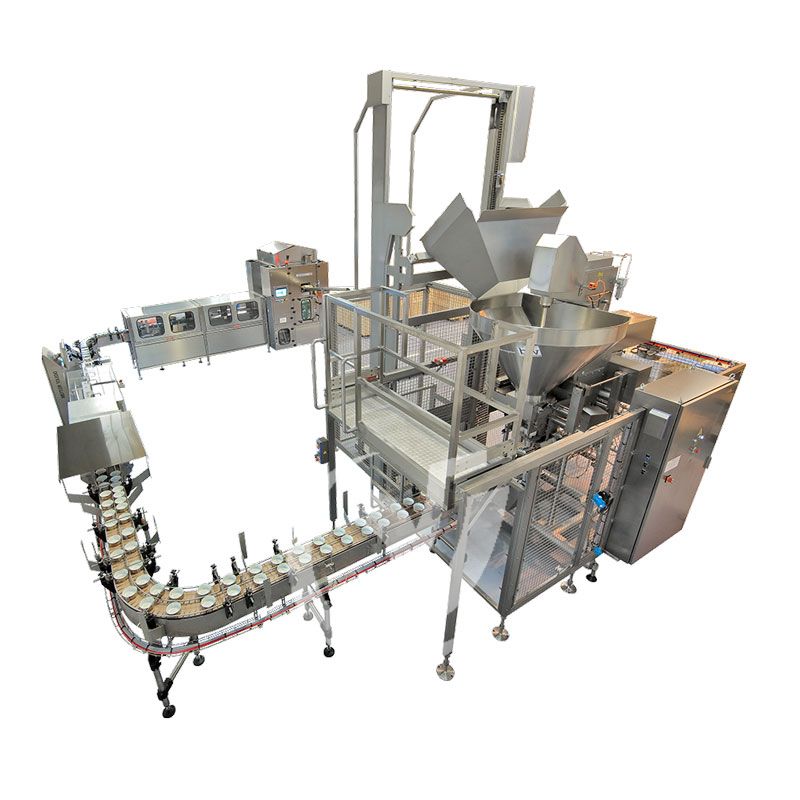

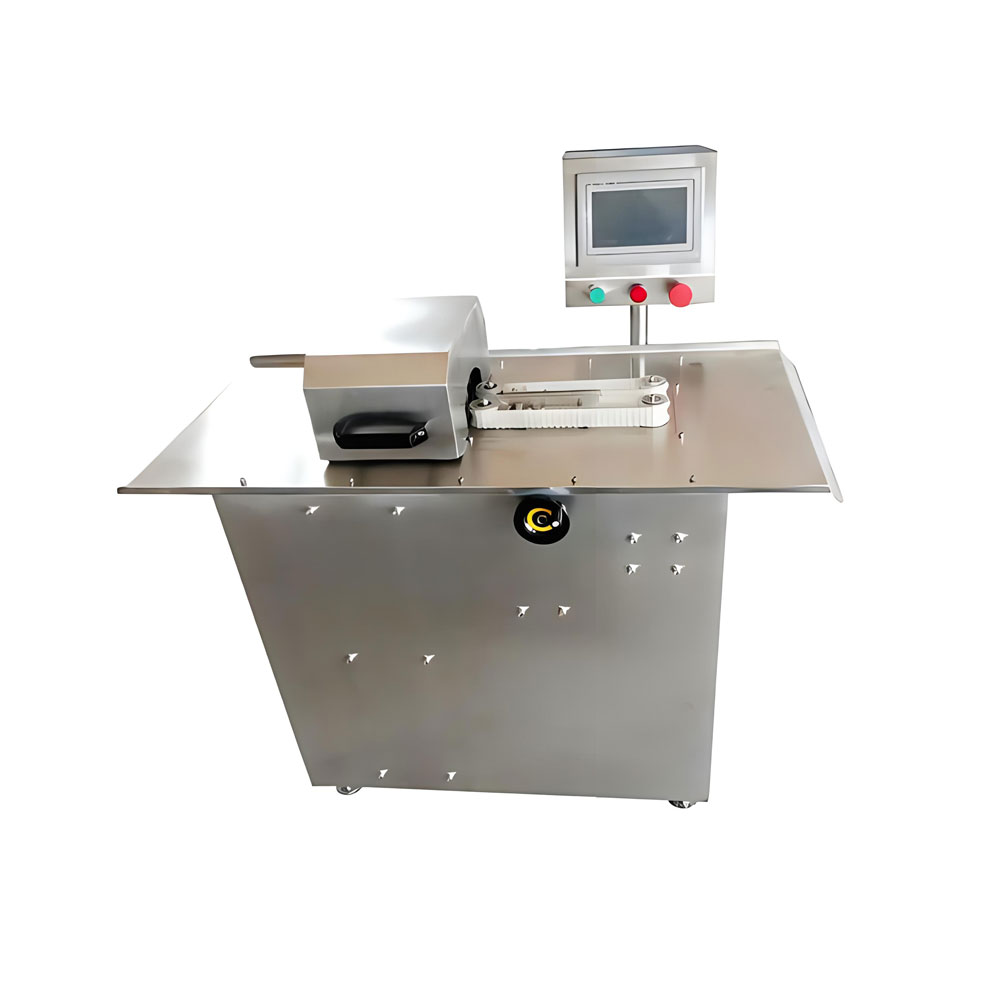
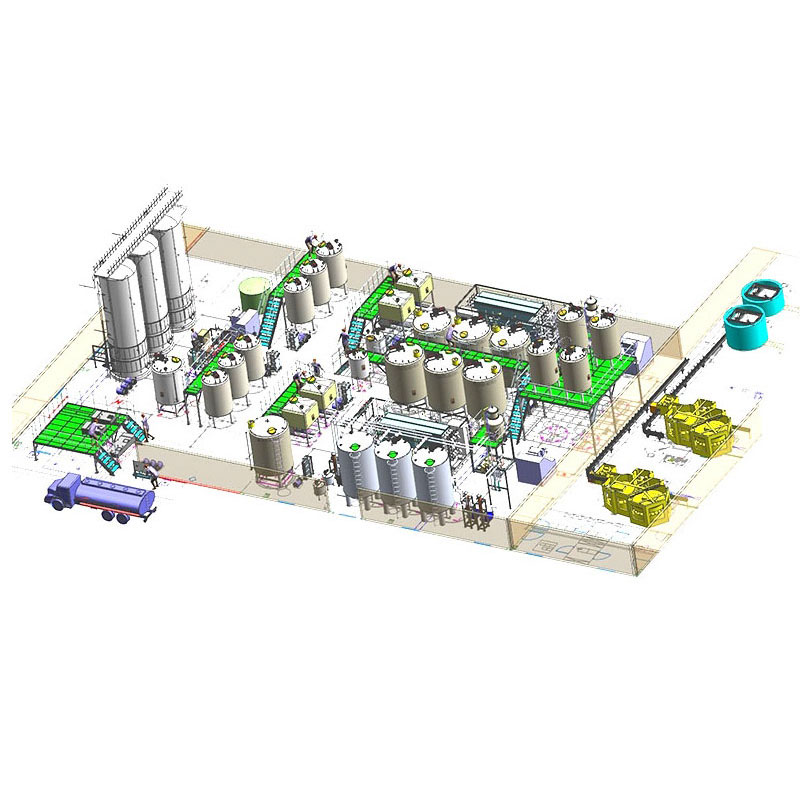
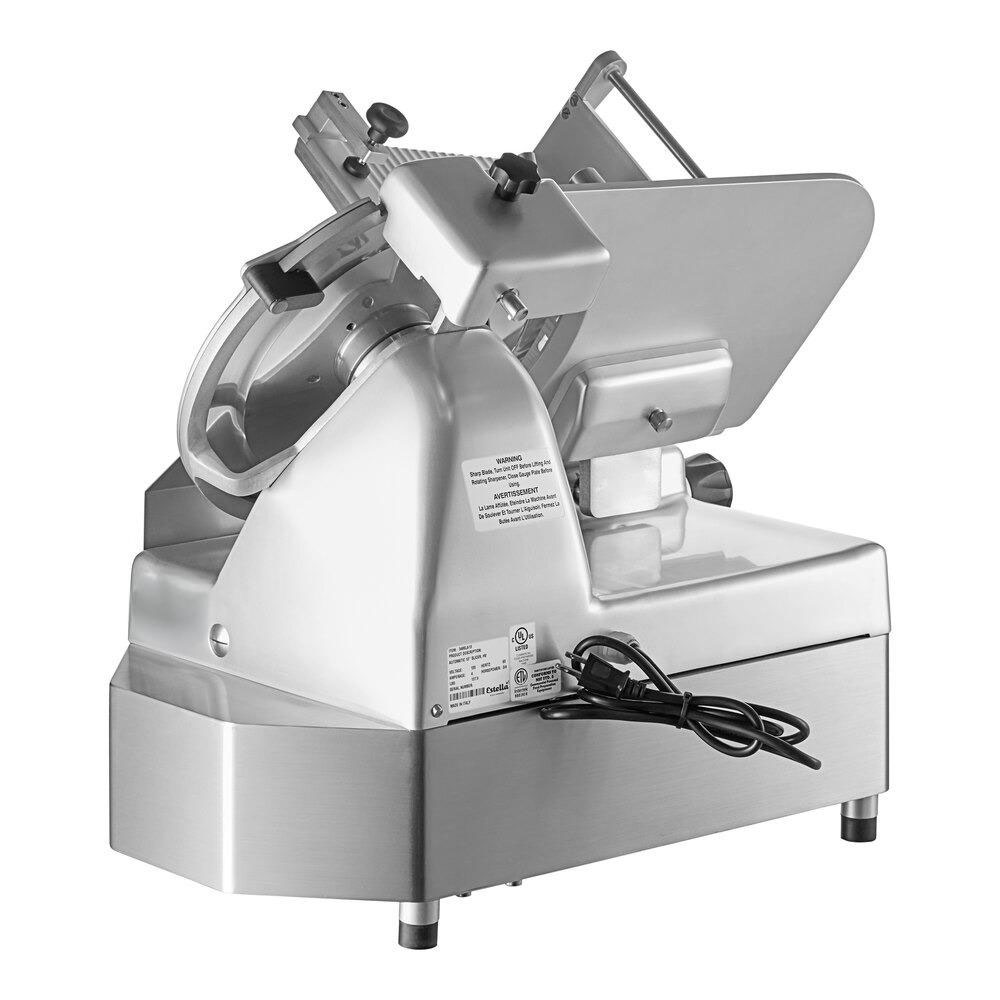
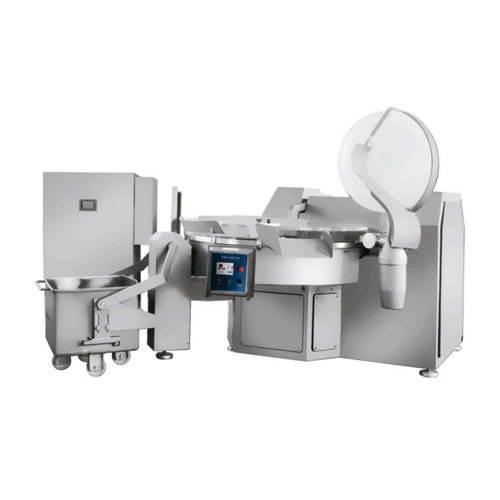
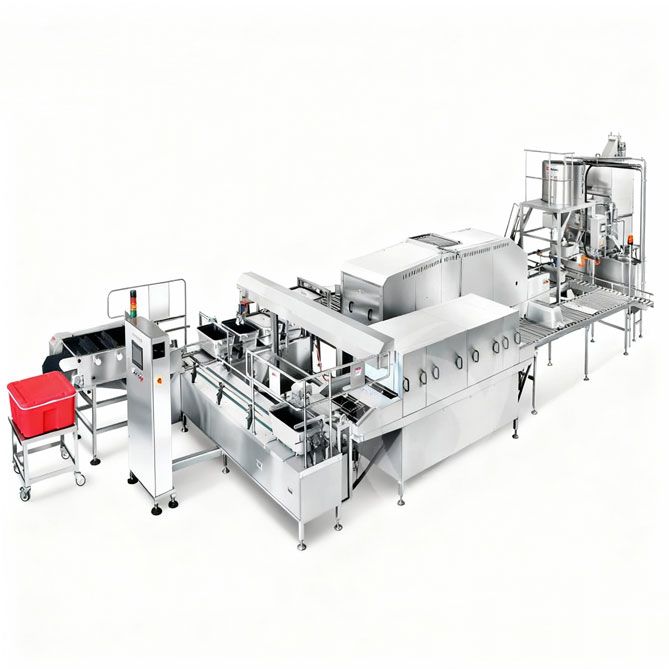
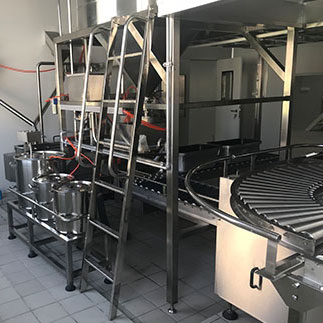 Cold Chain Rice Production Line
Cold Chain Rice Production Line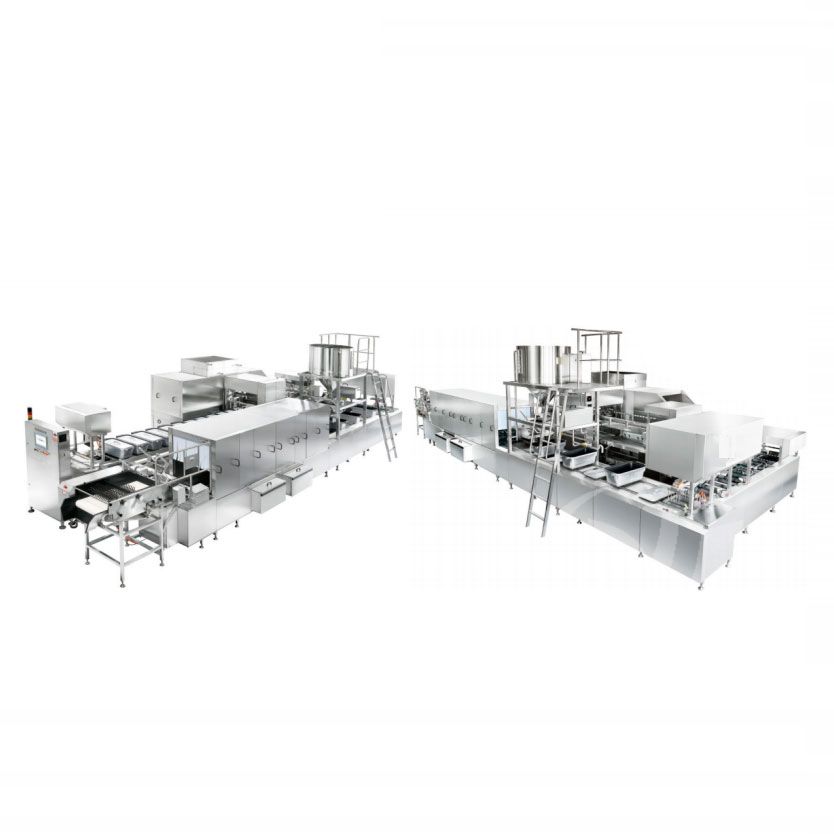 Unmanned Intelligent Rice Production Line
Unmanned Intelligent Rice Production Line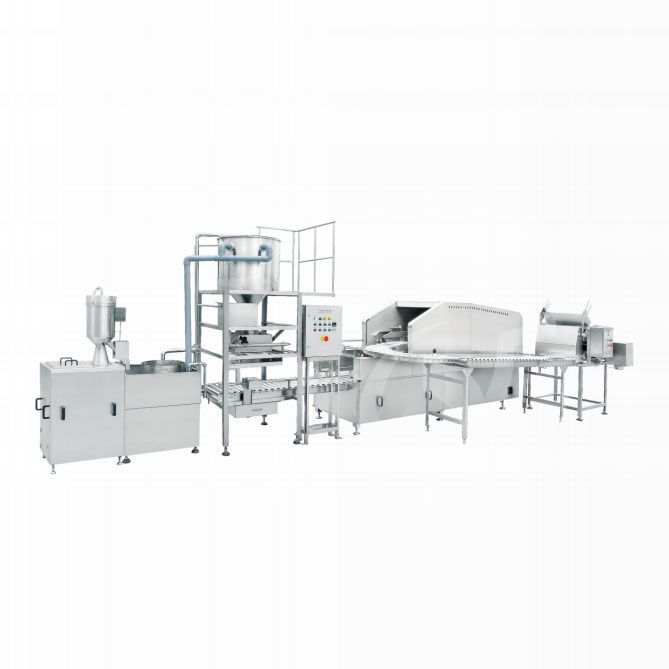 Automatic Rice Production Line
Automatic Rice Production Line
Ready to Get Started?